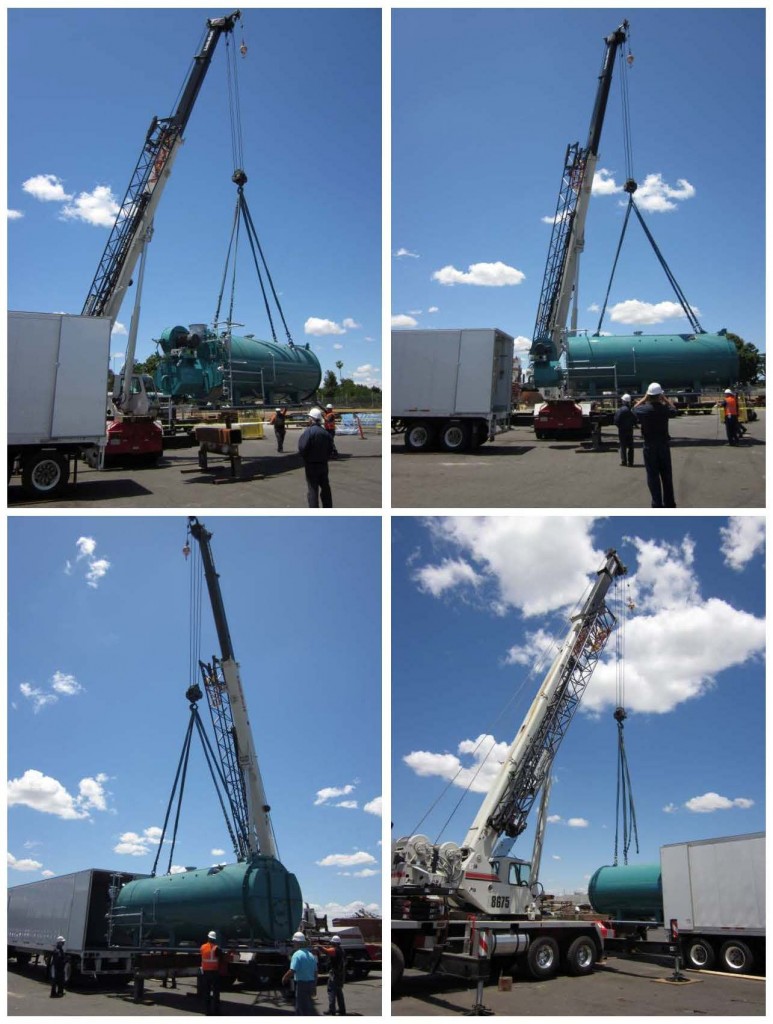Nationwide Boiler has achieved yet another safety milestone – 2,500 days without a loss time accident! This marks the longest length of time Nationwide has gone without an accident in our forty-four years of operation. The company maintains a shop facility of 26,000 sq.ft., used for the maintenance, repair and assembly of boiler systems and auxiliaries. Nationwide Boiler’s Experience Modification Rate (EMR), a benchmark measure used for insurance premium discounts that compares worker compensation claims to other employers of similar size operating in the same type of business, has greatly improved over the last seven years. To date, Nationwide Boiler has realized a cumulative cost savings of over three-hundred-thousand dollars as a result of the company's commitments to safety.

Boiler Blog | Nationwide Boiler Inc.
Nationwide Boiler news and events, industry updates, technical resources and more. You hear it first on The Nationwide Boiler Blog!
7584 Hits
Nationwide Boiler Inc. will be exhibiting at this year’s 10th Annual Power-Gen Middle East trade show (Booth# 6H20). The tradeshow will take place at the Doha Exhibition Center, located in Doha, Qatar, February 6-8. It will bring together leading industry professionals, senior executives, engineers, and operation and maintenance professionals representing power producers, governmental energy departments and agencies, oil and gas operating companies, and industry regulators.
In addition to introducing attendees to new products and technologies, Power-Gen Middle East will provide technical sessions and presentations associated with the Gulf region’s power industry, specifically relating to generation, transmission and distribution.
For more information about the show, visit http://www.power-gen-middleeast.com/index.html
In addition to introducing attendees to new products and technologies, Power-Gen Middle East will provide technical sessions and presentations associated with the Gulf region’s power industry, specifically relating to generation, transmission and distribution.
For more information about the show, visit http://www.power-gen-middleeast.com/index.html
6952 Hits
At Nationwide Boiler we continuously upgrade our stock of rental equipment, allowing us to offer our customers a variety of options to fit each individual need. We are currently assembling two (2) 650 HP, 250 psig design, low NOx mobile boiler rooms. Below are some pictures of one of the boilers being put into its trailer, take a look!
7047 Hits
Nationwide Boiler is featured in this month's issue of Business In Focus Magazine. Marketing Manager, Chelsey Ryker, was interviewed for an in-depth look at the company, our history, memorable projects, and what's in store for our future.
Big thanks to Nationwide Boiler representatives, Bailey Boiler and Combustion Systems, Inc. for supporting us and placing an ad in the issue!
Check out the full article here: https://goo.gl/yASzq3
Big thanks to Nationwide Boiler representatives, Bailey Boiler and Combustion Systems, Inc. for supporting us and placing an ad in the issue!
Check out the full article here: https://goo.gl/yASzq3
5202 Hits



